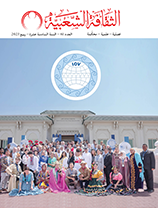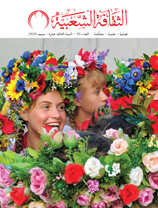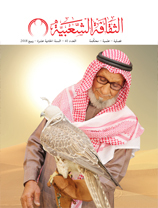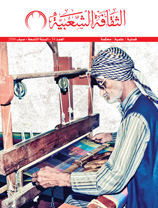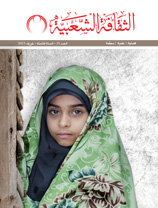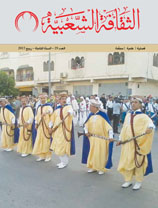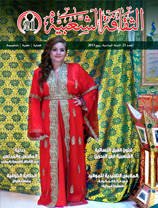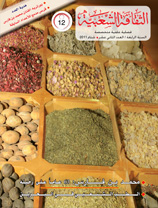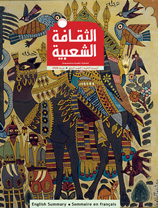Folkloric celebrations in South East Tunisia
Issue 24

This article focuses on six celebrations: The Night of Decree, Prophet Muhammad`s birth, the two Eids, circumcision ceremonies and marriage ceremonies.
In the first part of this article, the researcher explains how these celebrations were held in the deserts of Binqardan from the 1940s, how the celebrations changed when people settled in villages and cities, and how they have evolved since then.
In the second part, the paper describes the religious celebrations of The Night of Decree, the Prophet’s birth and the two Eids, and then circumcision and marriage celebrations.

The results of the study can be summarized as follows:
• The South East Tunisian folkloric celebrations described in this study have changed a great deal in terms of the way they are celebrated, the number of days of celebration and the food served during celebrations. Today, there is no ‘Qattaya’, ‘Julm’ or tent, no white cloth on the wedding night and the black Western gown has replaced the white Tunisian Jibba (gown). The Hawdej, (the platform upon which the bride is carried), has also been replaced by cars. There have also been changes to traditional adornments such as Kohl and Siwak.
These traditions disappeared gradually, so their disappearance did not discourage the masses from attending celebrations. These changes were sometimes considered signs of progress, and people’s attitudes towards the changes vary based on factors such as environment, (rural vs. urban); culture, (the number of educated people and their level of education); the fact that some people migrated to Europe; and the influence of patriarchal society.
The changes were necessitated by changes in lifestyle and society. As education spread and the tribe lost its power, women>s role in society shifted, as did social bonds and ties. These changes affected society and they prove that folk culture was developed by each generation rather than passed down from one generation to the next.
• Nowadays, people>s celebrations - especially marriage - are a mixture of inherited traditions and modern additions. Legacy’s value has diminished and symbols have lost their meaning. For example, in the 90s, people started to use a car rather than a camel to carry the ‘Jehfa’ (the Hawdej). In the past, the Bedouins expressed their happiness by firing guns at celebrations; this is impractical in a densely populated city. The journey between the groom’s house and the bride’s house during ‘Kiswah’, (when the groom’s family presents the bride with gifts), and ‘Jehfa’ is now a functionless, hollow tradition.
The methods used to research folk culture must be subjected to more rigorous criticism.
• The songs performed during marriage ceremonies used to be poems in which people expressed themselves and described their lives, now the texts and lyrics are imported. In Binqardan, for example, Libyan songs are popular. In the capital, the coastal cities and the North, one often hears French and English songs. While these may express people`s emotions, they are foreign songs and effective tools of globalization.
• Folk culture is now accessible on the Internet; this makes it easier for people to learn about other cultures and this helps researchers collect material for their studies. However, the Internet offers both true and false information, which means it is vital to study our folk culture and document it scientifically.
Abdullah Jannuf
Tunisia











